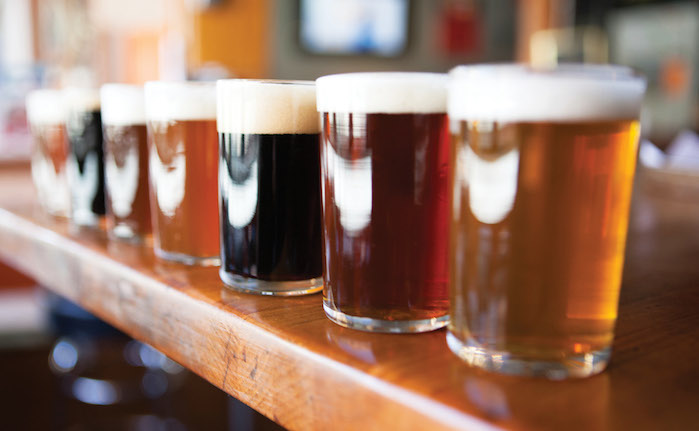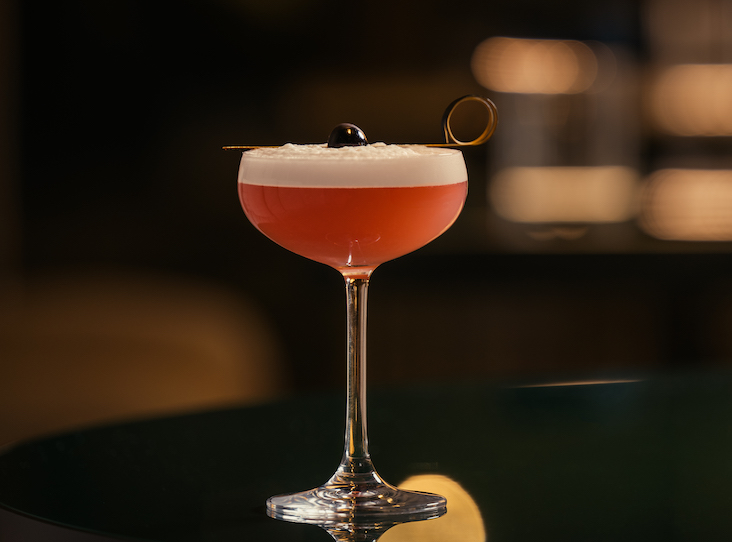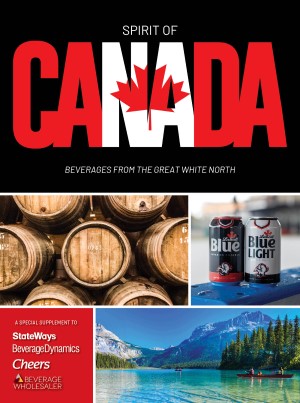What stats and trends will define craft beer in 2017? For the answer, look back at 2016, when the category faced a conundrum.
On one hand, the craft beer business continued to expand in 2016. More breweries opened to satisfy the diversifying consumer palate. But overall category growth is projected below that of recent years.
This is largely due to the big brands slowing down. Category leader and pioneer Boston Beer Company had a much-publicized, up-and-down year. Other major microbreweries experienced deceleration in sales.
What’s happening? Craft drinkers are likely turning away from the name-brand craft beers towards smaller, newer, edgier breweries. After all, part of the fun of drinking craft is trying something new and small-batch. How many times have you had a Sam Adams?
This has nothing to do with the quality of the product. More so now than ever, craft beer is all about what’s new to you.
So as the category enters a critical 2017 — and the specter of a craft beer bubble looms forever large — here are six key statistics to watch.
(All data below is based on findings of the forthcoming 2016 Beer Handbook, from the The Beverage Information & Insights Group, a data partner of Beverage Dynamics.)
1) Craft Beer’s Marketshare Of The Overall Beer Category
Here’s the good news. Craft beer is projected in 2016 to top a 10% marketshare of the overall U.S. beer category. This is a historical first. In 2015, craft beer attained a 9.8% marketshare, up from 8.5% in 2014.
Craft beer is clearly a category gaining steam, compared with other, lagging beer categories. Light beer fell from a 47.3% marketshare in 2014 to a 45.5% share in 2015. Projections for Big Beer in 2016 are more of the same: gradual decline.
2) Craft Beer Category Growth
And now for the bad news, sort of.
Although craft beer is growing at a time when more mainstream beer categories are trending backwards, that growth is expected to slow for years to come.
From 2008 to 2014, craft beer rose rapidly in sales. It had 5.3% growth in 2008 for total 2.25-gallon cases sold, followed by 5.5%, 10.4%, 11.7%, 13.7%, 13.6% and then 15.2% in 2014.
But in 2015, the craft beer category grew only 15.1%.
Early projections have it at 14.3% in 2016. Followed by 13.8% in 2017, and then 14%, 13.5% and 12.7% each year through 2020, respectively.
A saturation point for the craft beer market could be approaching.
3) The Number Of U.S. Breweries
The total number of operating breweries in America surpassed 4,000 for the first time in 2015. As recently as 2011, that number was as low as 1,986. In 2015, it reached 4,225 — and grew even more in 2016.
How many breweries can operate in America without overstraining the craft category? This is a key questions to consider when anticipating that dreaded craft beer bubble. One thing to keep in mind, though is:
4) Brewery Openings Versus Closures
Total breweries surpassing 4,000 required a lot of new businesses. The number of national openings for breweries in recent years was 308, 450, 502, 884, and 617, from 2011-2015, respectively.
Meanwhile, the number of brewery closures has not risen dramatically over that time period: 44, 67, 68, 73 and 67.
Compare that with the last craft-beer bubble burst, in the late ‘90s and early ‘00s. From 1998 to 2002, brewery closures totaled 124, 119, 113, 111 and 122. Openings over that same period totaled only 206, 170, 109, 86 and 55. And that was at a time when the total number of national breweries was around 1,500, compared with 4,000-plus now.
The ratio of openings-to-closings remains strong, making these boom years for craft brewing.
5) The Number Of Big Beer Purchases
The nature of the craft category is also shifting. It’s not as locally owned anymore.
As name-brand beer lags behind craft’s growth, Big Beer has recently embraced the philosophy of “If you can’t beat ‘em, buy ‘em.” Corporate companies have snatched up successful microbreweries. Just in the last two years, these are some the major purchases:
In August of 2016, MillerCoors bought Texas’ Revolver Brewing, Oregon’s Hop Valley and Georgia’s Terrapin Beer. Months earlier, AB InBev added Devils Backbone Brewing Co. of Virginia. During December, 2015, AB InBev bought Colorado’s Breckenridge Brewery and Arizona’s Four peaks Brewery. Constellation Brands a month earlier acquired Ballast Point Brewing & Spirits of San Diego. That fall, Heineken acquired a 50% stake in California’s Lagunitas Brewery. AB InBev acquired the Los Angeles-based Golden Road Brewing in September of 2015, while MillerCoors bought San Diego-based Saint Archer Brewing Company. In January of 2015, Anheuser-Busch purchased Elysian Brewing Company of Seattle for $1 billion.
With the distribution and marketing muscle of Big Beer, these microbreweries will almost certainly expand at a greater clip than had they remained independently owned. This will also broaden the scope of craft beer across America, bringing more new consumers into the category.
All good things in general for craft beer. But Big Beer’s shopping spree does diminish the meaning of “craft” a bit.
6) Beer Quality Versus Newness
Okay, this technically is not a statistic. Still, it’s a critical ratio that will determine the outcome of the craft beer category in 2017 and beyond.
Poor quality beer, after all, is one of the major factors behind the craft beer bubble burst in the ‘90s. Too many breweries rushed to open and pumped out lower-quality product. This turned off customers, who began to leave craft beer in large numbers for other beverage categories. And then the bubble burst.
Will that happen again? The category would seem in better shape to handle or avoid such a scenario. On one hand, the idea of “quality” is at the heart of the current craft movement. People do not consume craft beer just to drink, but to enjoy the craftsmanship that goes into these tasty products. Breweries know better now than in the ‘90s that quality is the most important aspect of successfully producing beer.
And even if a small percentage of breweries make poor product, it’s unlike to tip the scales of consumer opinion. There are now so many U.S. breweries (nearly four times as many in the ‘90s), and so many new beers to choose from, that consumers never have to revisit bad beers.
Seriously. Many consumers nowadays never even revisit good beers. That’s an actual trend being reported by brewers: people will drink a beer knowing they’ll never have it again. They only want what’s new to them.
Which would suggest that the category has plenty of room for growth in terms of diversity. The consumer palate has never been so willing to explore and experiment. That can support all those microbreweries opening. But the new question becomes: how big in business can those microbreweries grow if consumers are loyal now not to brands, but to their palates? Time will tell.
Kyle Swartz is associate editor of Beverage Dynamics magazine. Read his recent piece: 4 Alcohol Trends To Watch in 2017.







